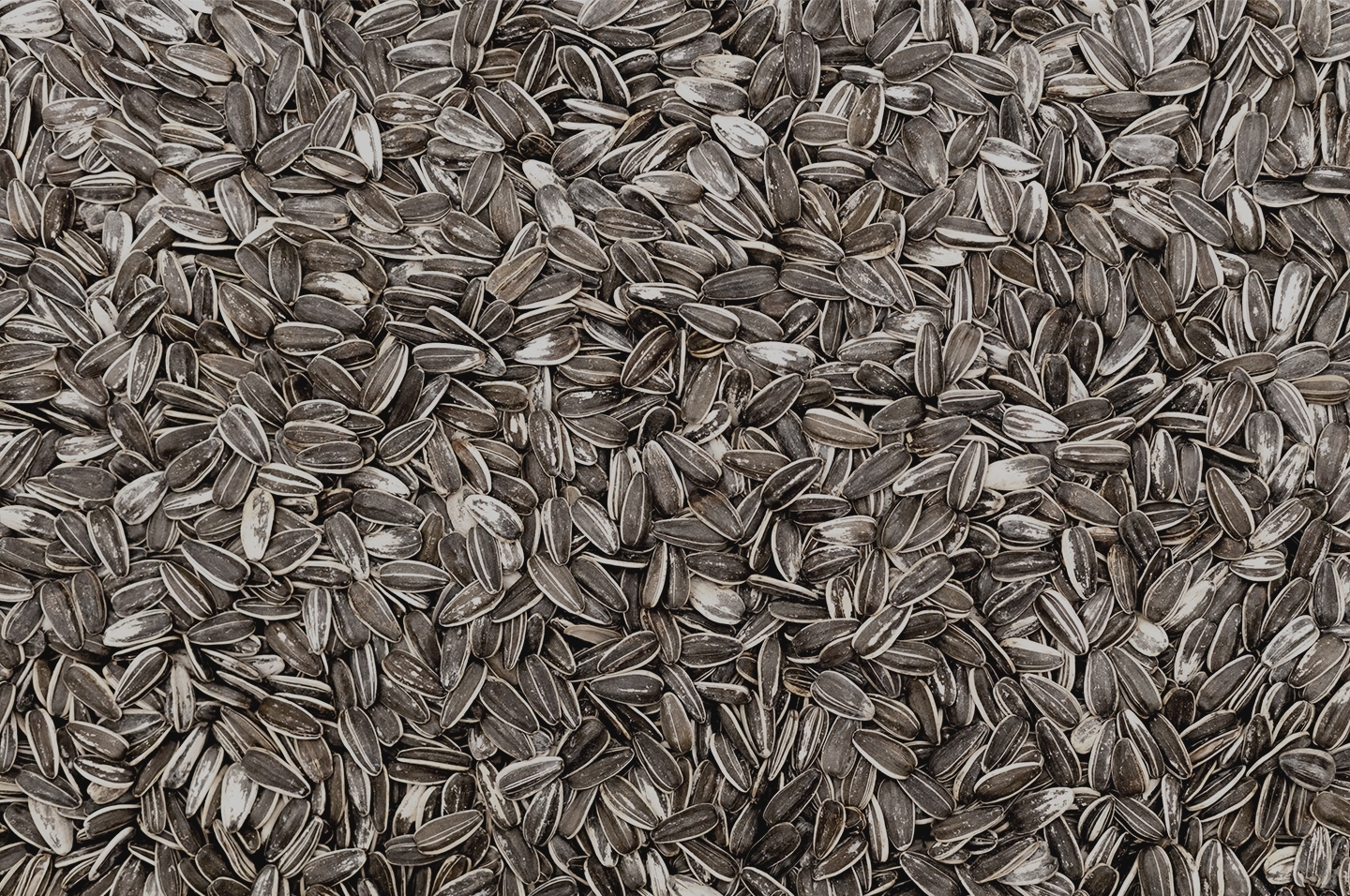
Seeds
There’s a seed oligopoly. Just 4 companies control 50% of the entire seed market. In a precarious situation, the worlds food supply is governed by just a few players.
There’s a seed oligopoly. Just 4 companies control 60% of the entire seed market. In a precarious situation, the world’s food supply is governed by just a few players. Bayer, Corteva, BASF and ChemChina. While the companies who provide us energy or the internet are well known, those that manage global food supply chains are not.
We so often look at economics or finances, let’s get scientific for once. A seed isn’t just a seed. Most things that cross your plate have probably been genetically engineered. Over 90% of all soybeans, corn, canola and cotton sold in the US is GMO. Corn is the most commonly grown crop in the US. Naturally, only a few players can dominate the seed game. The cost to genetically modify a plant is around US$136m. Only a few companies can afford to do so. This isn’t so much a problem in itself, but lack of diversity in seed supply can have adverse effects.
Many seeds are patent protected. A seed isn’t just a seed. Once modified, all its traits belong to the producer. If a small-scale producer produces a seed through natural breeding that has the same trait as a genetically engineered plant, they may be prone to IP infringement.
Without the ability to naturally breed substances into plants (drought, disease, insect resistance), our biodiversity quickly plummets. The world food supply isn’t really an area which should be so fragile. High biodiversity ensures a more secure seed supply.
Companies have a right to their intellectual property, that’s not a question but the benefits of competition can also be lost. Then there are the classic arguments against a concentrated market: less innovation and higher prices.
It’s worth mentioning the Svalbard Global Seed Vault. Designed like a Bond lair deep below the ice on a Norwegian island, the Vault actually has very positive intentions. They aim to collect a sample of as many seeds as possible. From vegetables to fruits to rare indigenous flora, over a million seeds exist in the bank. Should anything happen to our biodiversity through natural disaster or disease, we should be able to restart the population.